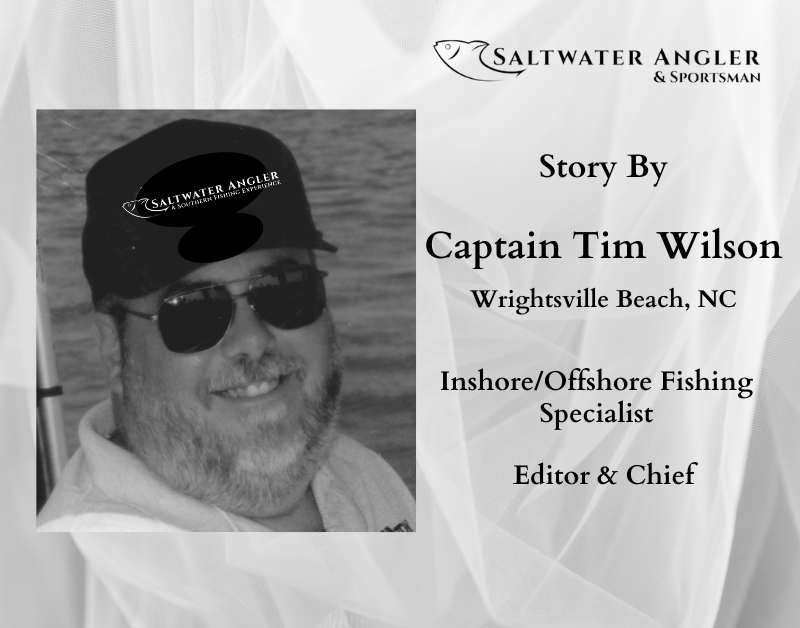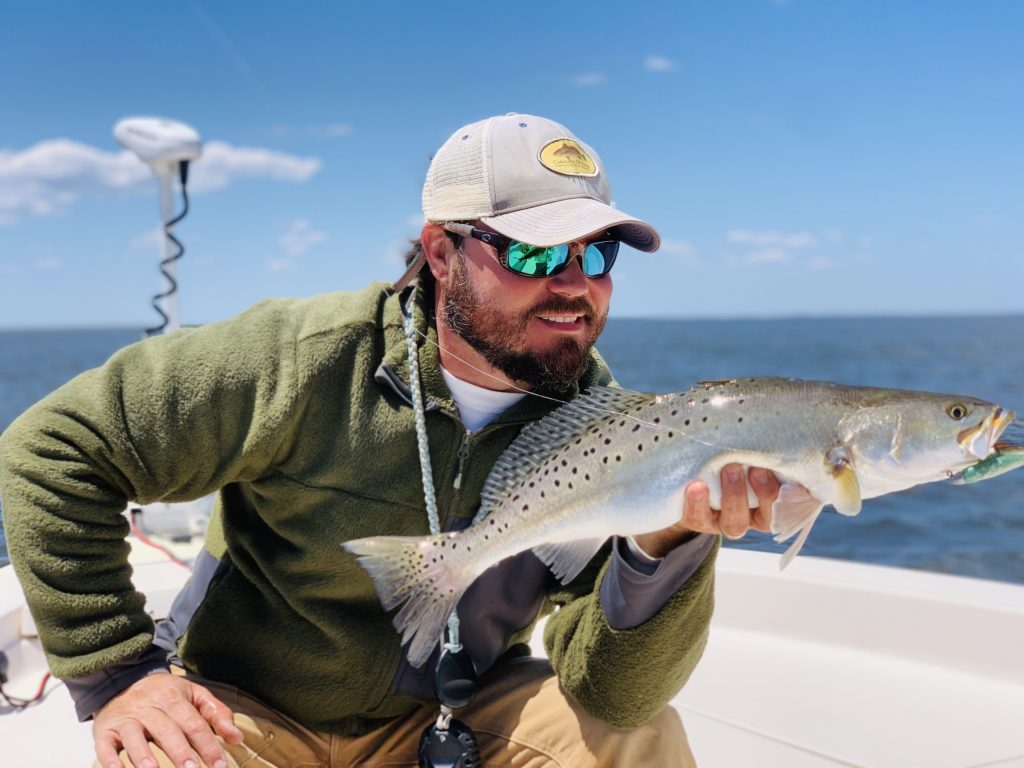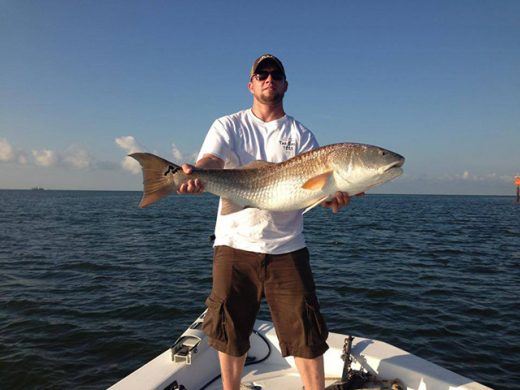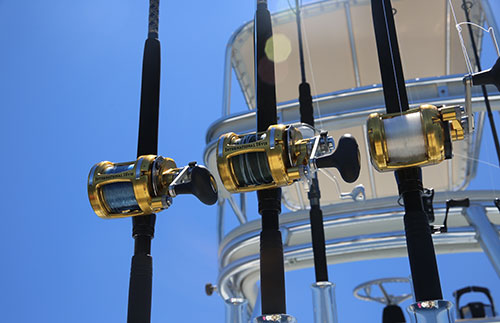Having A Better Understanding of Inshore Fishing
Unless you have one of those big sportfishing boats or a go-fast boat that can take you to the gulf stream before you can finish drinking your first Sundrop of the day, you’re probably an inshore angler. However, there are a respectable number of anglers that have boats that can take them safely offshore. But today we’re going to discuss inshore fishing rather than offshore. Most of what we’re going to be talking about, you may already know, but we have some information you might have missed and find useful and interesting.
The most popular types of inshore fishing or the South Atlantic Coast are:
- Redfish
- Speckled Trout
- Flounder
- Black Drum
How is it determined when the water has changed from Inshore to Offshore?
Commonly, offshore begins after the depth becomes more than 99 feet. It’s also determined by the location of the fish such as the open ocean and waters within the inlets and estuaries. Inshore fishing consists of brackish water that makes the difference between freshwater and saltwater fishing.
The Rule Differences
In every state there’s at least 2 agencies that enforce fishing rules and regulations. Some states, like North Carolina, have 3 agencies. The NC Marine Fisheries enforce much of the inshore regulations, while South Atlantic Marine Fisheries covers the offshore enforcement. North Carolina also has NC Wildlife enforcing the regulations of rivers and streams that may run into saltwater areas and estuaries.
Inshore Fishing Hotspots
- Grass Flats
- Grass Flats are great because they hold a large amount of bait thanks to the hiding opportunities. Around most Grass Flats you’ll find a wide array of baits such as pinfish, crabs, shrimp and much more.
- You’ll find the most productive Grass Flats are in 2 to 8 feet of water
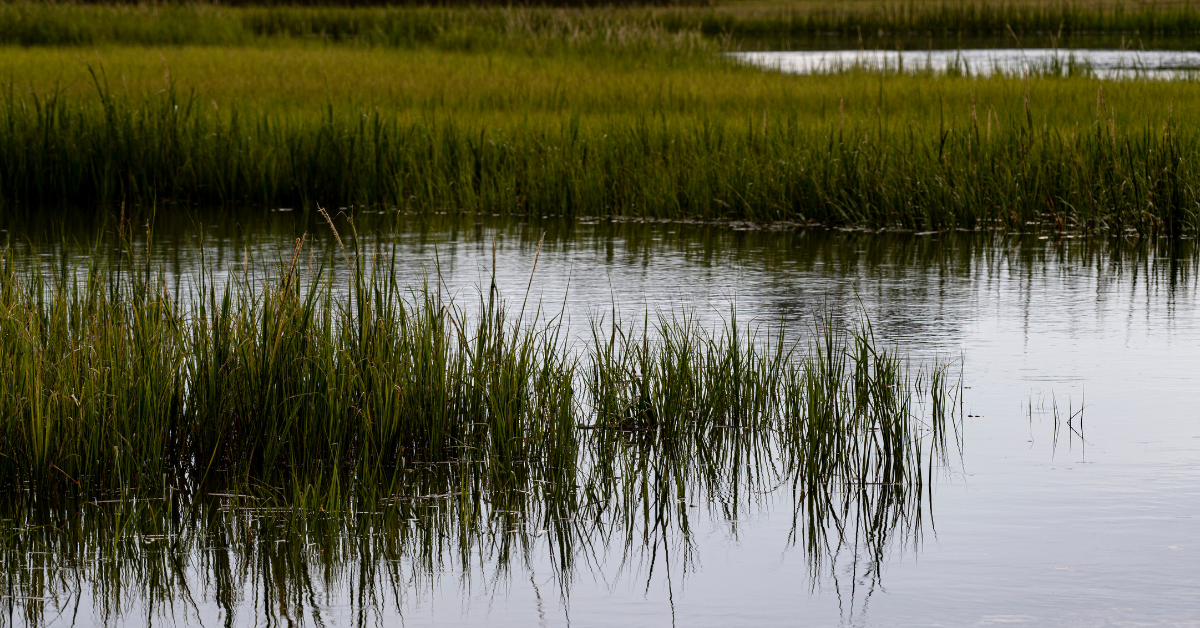
- Shorelines and Islands
- Another option for species like Redfish, due to the environment being well suited for housing the actual fish and baits they may feed on, make this a profitable place to find fish.
- Look for sudden drop offs and for the thickest grass you can find.
- Also look for oyster beds which are an excellent location for Redfish.
- Channels and Inlets
- Channels and inlets serve as a feeding highway. They are an entry point for multiple species as the seasons change, either arriving or leaving.
- Moving water will attract baits also.
- Look for structures such as jetty walls and pylons.
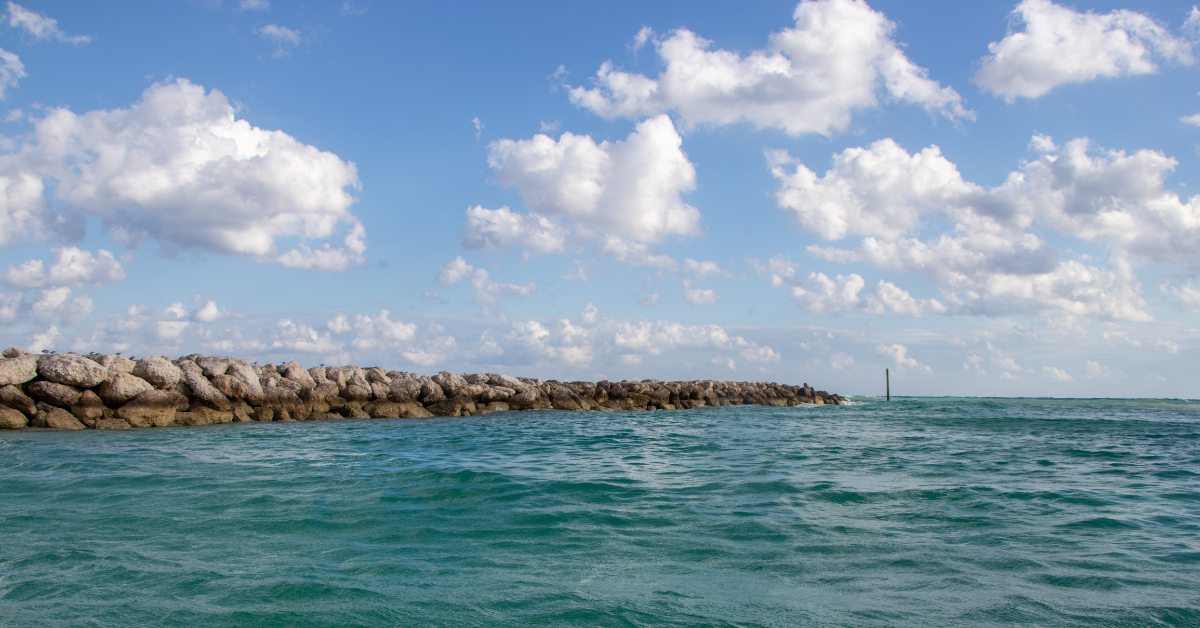
- Bridges
- Bridges are one of the best locations thanks to the structure and the water movement.
- Fish the structures, and the closer the better. Bouncing your bait off the structure can put you where you want to be, allow it to drop, and that’s where you’ll likely find the strikes.
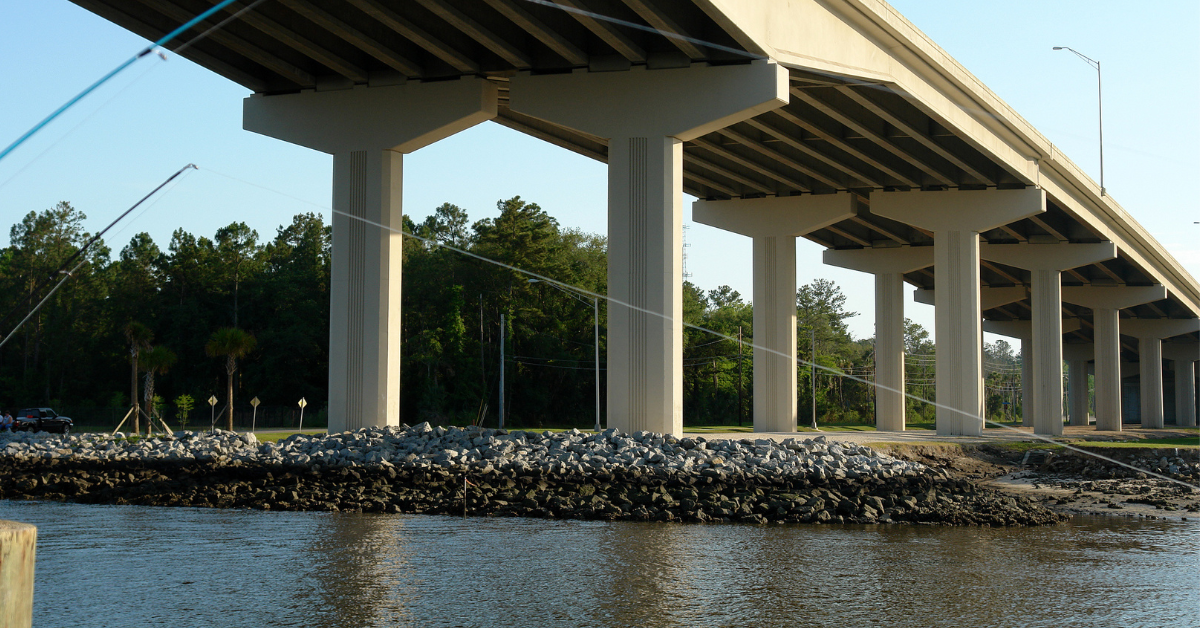
What other factors should you consider when fishing Inshore?
- Water temperatures
- Depending on the species you’re targeting, the water temperature will determine your success. On hot days, the fish will feed slower. Periods like late spring and late fall being the most aggressive fishing times.
- Water salinity
- Fish like Speckled Trout are sensitive to the water salinity and follow the water that suits them best. You find that the Specks will be at a location one day and gone the next day, likely due to the change in water salinity.
- The Tides
- Tides move the food and therefore this will determine when the best time to fish may be.
- Moon Phase
- The moon phase controls the light on the water at night. If it’s a full moon, many species have fed all night. This will result in slower fishing the following day in the early daylight hours.
Today, Inshore Fishing is the most popular of all Saltwater Fishing segments. Know the factors and fish hard.
